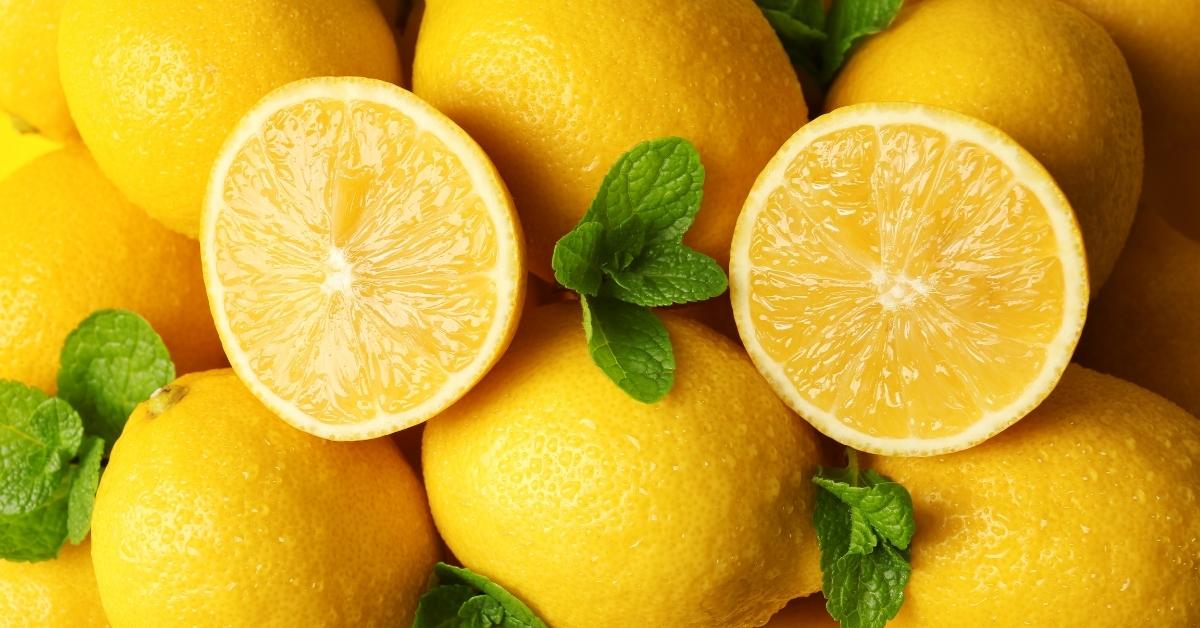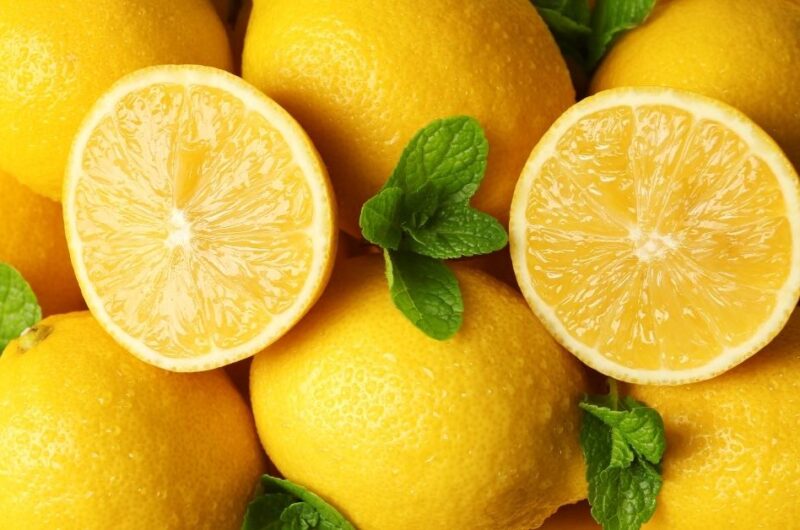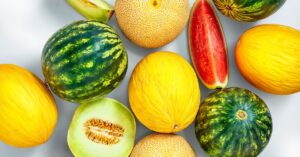Did you know, you’ve probably had a lot of different types of lemons throughout your life?
We usually only see one type of lemon on our grocer’s produce aisle.
So you’ve probably never thought about how many different types of lemons there are.
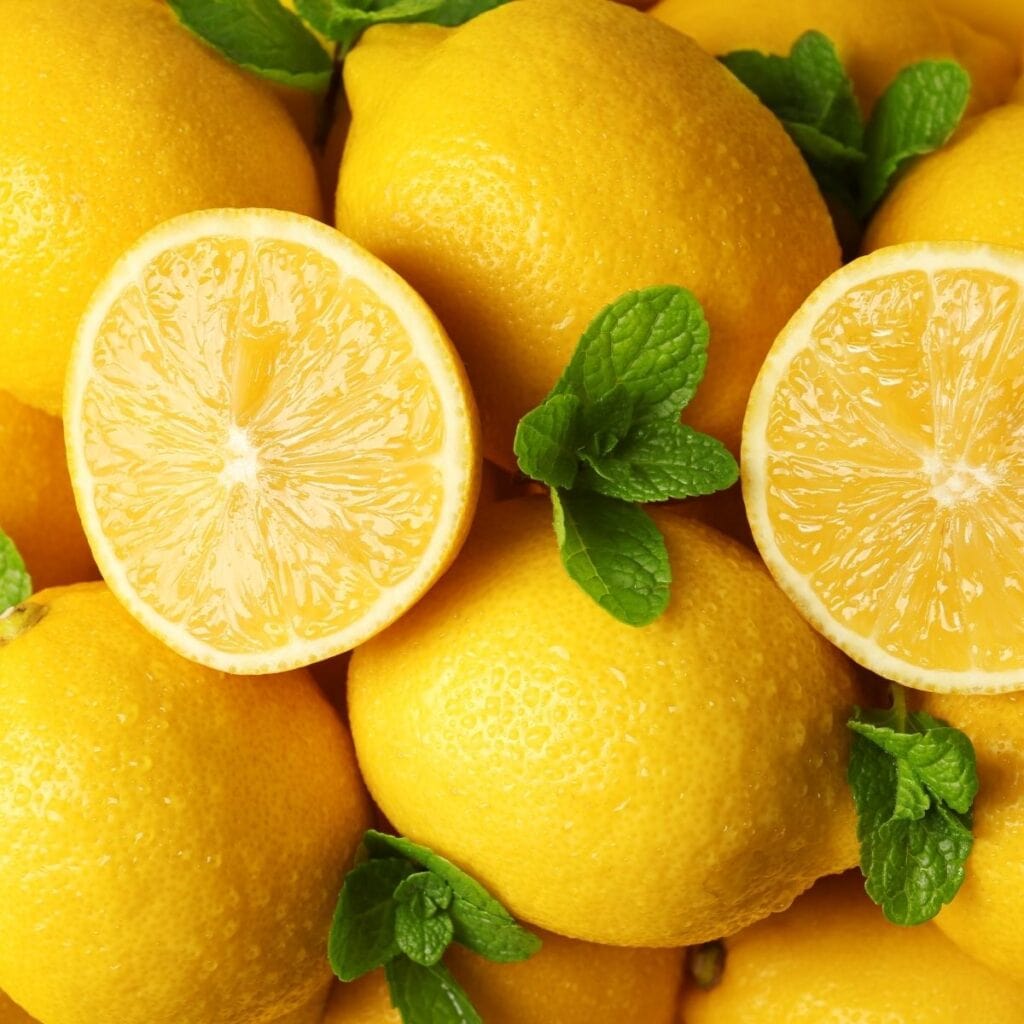
Lemons grow in all sorts of varieties and each one carries their own characteristics, from the flesh to the rind.
Some types of lemons are incredibly sour while others can be pleasantly sweet.
Each type is best suited for different uses around the kitchen or home.
Keep reading to learn all about this bright sunshiny fruit!
1. Meyer

Meyer lemons are very well known and originated in China as a houseplant.
Meyer lemons are actually a hybrid of an orange and a lemon so their juice isn’t as sharp as a true lemon.
The skin of a Meyer lemon is also thinner than other lemons and completely edible.
Due to these lemons being a bit sweeter, they’re wonderful for baking desserts.
2. Eureka
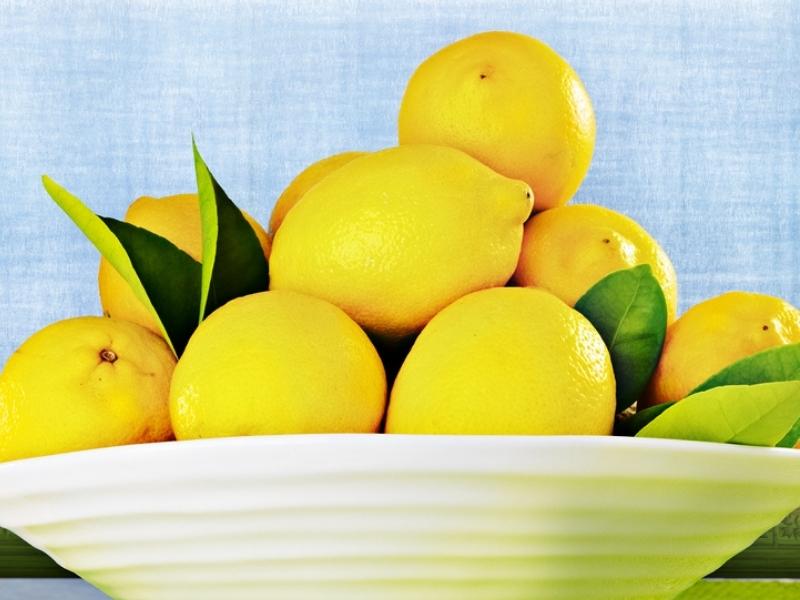
Eureka lemons are easy to find and can be seen at your local farmer’s market or grocery store.
They have a really thick skin which makes them ideal for zesting and they produce an incredible and aromatic oil.
These lemons are medium to large in size and have bulbous ends on each side.
Eureka lemons are often seedless, which makes them a sought-after cooking lemon.
3. Lisbon
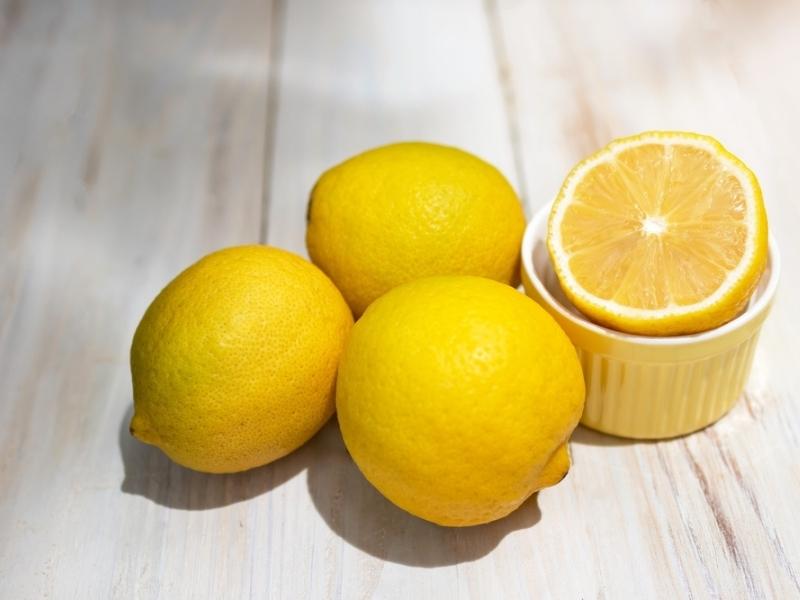
Lisbon lemons are likely the top lemon sold in grocery stores. They’re widely available and grow all year long.
This lemon made a journey through the world from Portugal to Australia and then to California in the 1950s.
The thin skin makes it easy to zest, peel, or juice but there isn’t as much oil packed into these lemons.
The Lisbon lemon is an all-purpose, easy-to-love, tasty fruit.
4. Bearss
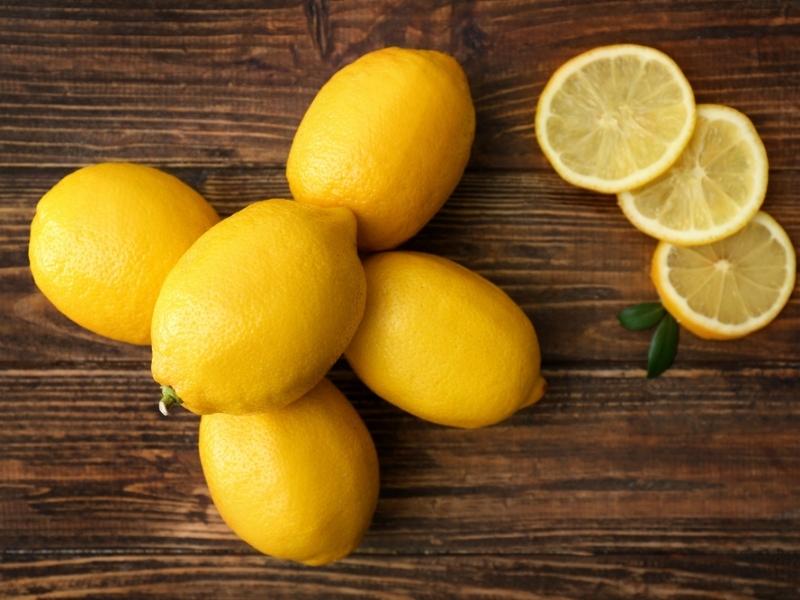
Bearss lemons originated in Italy and are now available all throughout Europe.
These lemons are tart and super juicy. They’re also larger than a Lisbon lemon so they will yield more zest and juice.
Because of their size, Bearss lemons have more oils and are more flavorful and aromatic.
They make lovely baking lemons and will add brightness to any dish.
5. Lemonade Lemons

While it’s true that you can make lemonade out of any lemons, these were specifically bred for just that.
These are a hybrid lemon and mandarin orange that’s simply delightful.
The mandarin gave some sweetness to these lemons and it’s wonderful.
You can use these for anything, not just lemonade.
The higher sugar-to-water ratio in their juice makes them perfect for baked goods.
So when life throws some of these at you, you know what to do.
6. Avalon
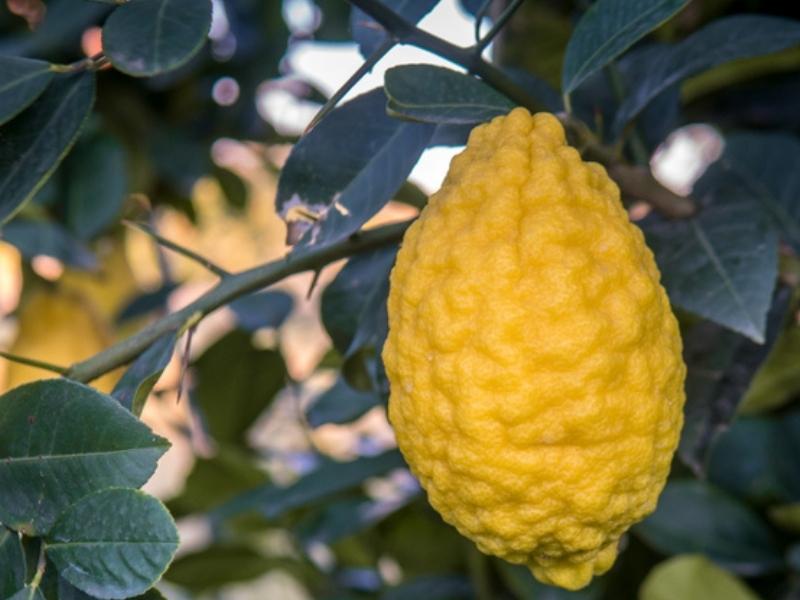
Also called “Avon lemons,” Avalon lemons are uniquely shaped and hard to research thanks to their nickname.
Due to their knobby appearance, they aren’t usually sold commercially.
However, their juice is often used for store-bought juice concentrates.
If you do find some of these at a farmer’s market or local grocer, you can use them just like any Lisbon or Eureka lemon.
7. Buddha’s Hand
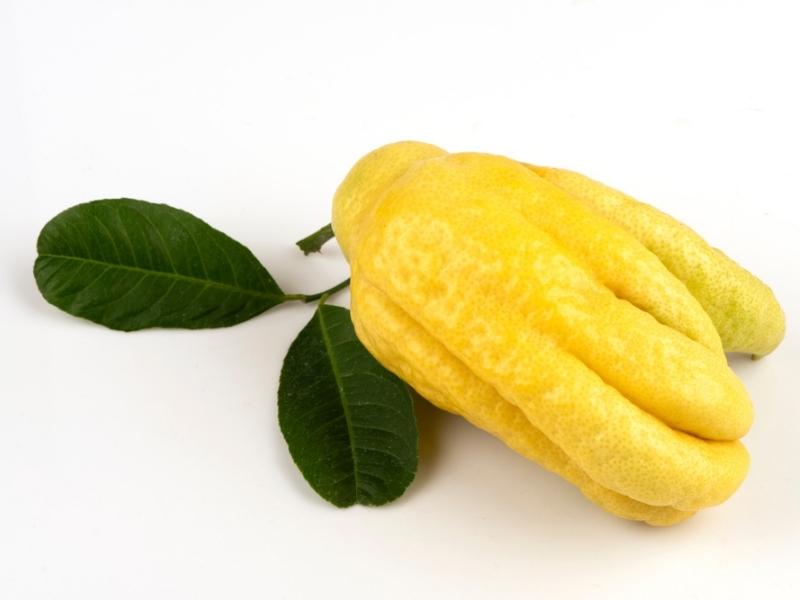
Buddha’s hand lemons are a sight to see. You may have even seen them in your grocery store’s exotic fruits section.
These lemons are not meant for juicing. In fact, cut one open and you might be surprised to only find the white pith.
What they do have is tons of skin and lots of aromatic oils. This makes them perfect for zesting and infusing.
Add a slice of the rind to your cocktails or soak chunks of it in liquor for a lemon-infused spirit.
You can also candy slices of the rind and use it for a garnish.
8. Bush Lemons
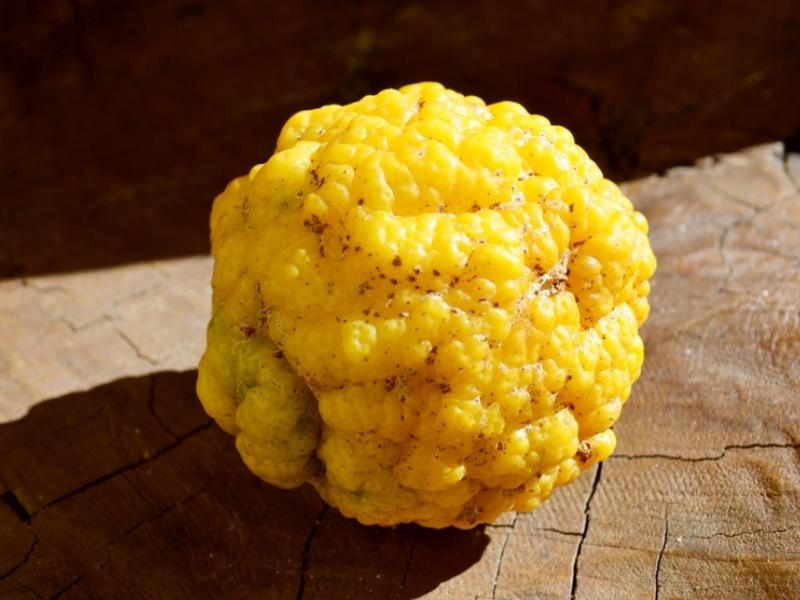
Bush lemons are another citrus breed with bumpy or knobby skin.
They have a bit of an orange color to them and the skin is extra thick.
These lemons have the classic lemon flavor but they don’t have much juice.
In Australia, lemon butter is a popular condiment made with bush lemons.
Similar to apple butter or pumpkin butter, it’s not actually butter.
The leaves of the bush lemon tree also make great tea!
9. Baboon Lemons
Baboon lemons originate in Brazil and are a particularly large variety of lemons.
These lemons have a bitter taste that’s similar to limes. It’s also said to have a bit of a floral flavor.
Their size gives them a high juice content but the thick skin is difficult to squeeze.
Baboon lemons are also great to grow inside as a houseplant.
10. Citron Lemons

Citron lemons are another bumpy-skinned lemon with an interesting history. They’re actually the oldest known lemons!
Citron lemons are similar to Buddha’s Hand in the sense that there is very little flesh and the rind is very thick.
These are best for making candied lemon and using the oils.
11. Greek Citron Lemons
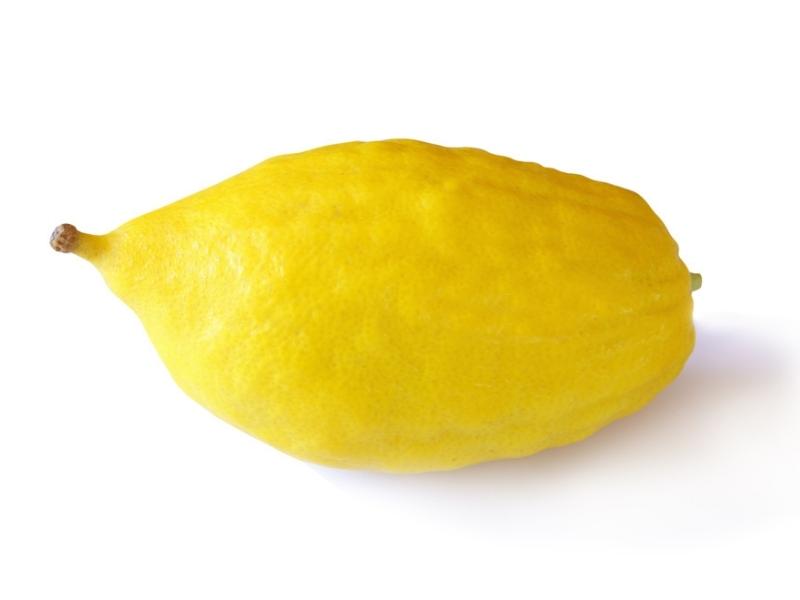
Greek citron lemons are a unique shape with a pointed end.
Before they ripen, they’re a lovely light green color and somewhat resemble avocados.
The Greek Citron lemon is widely cultivated in Israel and has deep roots in Jewish history.
These lemons have a crisp and sweet flavor. They’re delicious when candied and folded into fruit cake.
12. Limetta Lemon
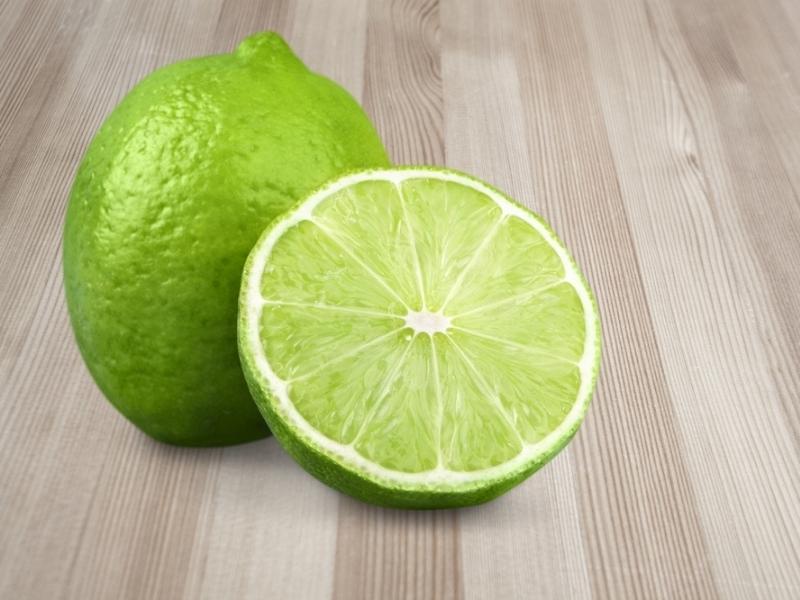
If you didn’t guess by the name, limetta lemons are often green rather than yellow.
Depending on the growers, they can sometimes be very sweet and have low acidity.
There are also a few different varieties of limetta lemons. Some are sweeter and some are more tart.
These little lemons are worth trying if you find them.
13. Yen Ben Lemons
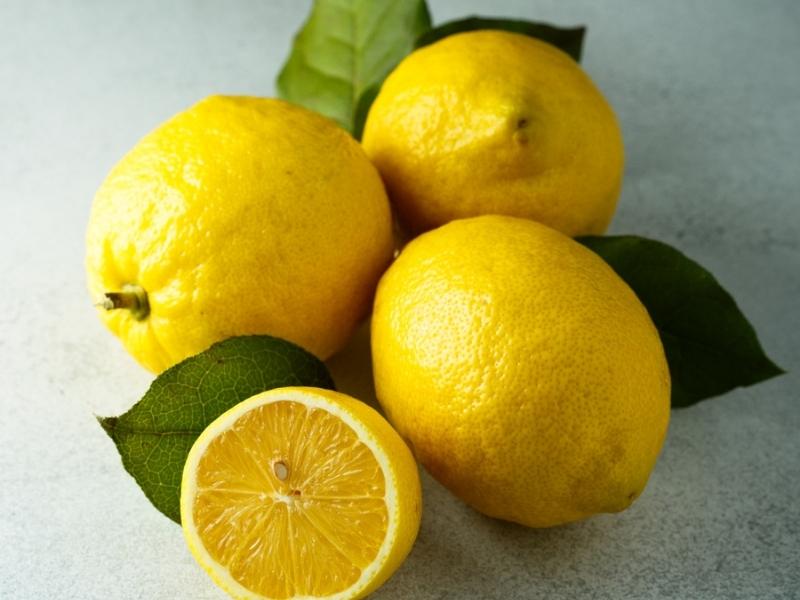
Yen Ben lemons are grown in California and Australia and look very similar to Lisbon lemons.
The rind is smooth and holds a lot of juice. Most of the distinguishing features of the Yen Ben lemons are on their tree.
It resembles a bush more than a tree and the leaves are darker and thicker than other lemon trees.
Use Yen Ben lemons as you would any juicy lemon. They also tend to last longer and average two seeds per fruit.
14. Fino Citron Lemons (Primofiori)
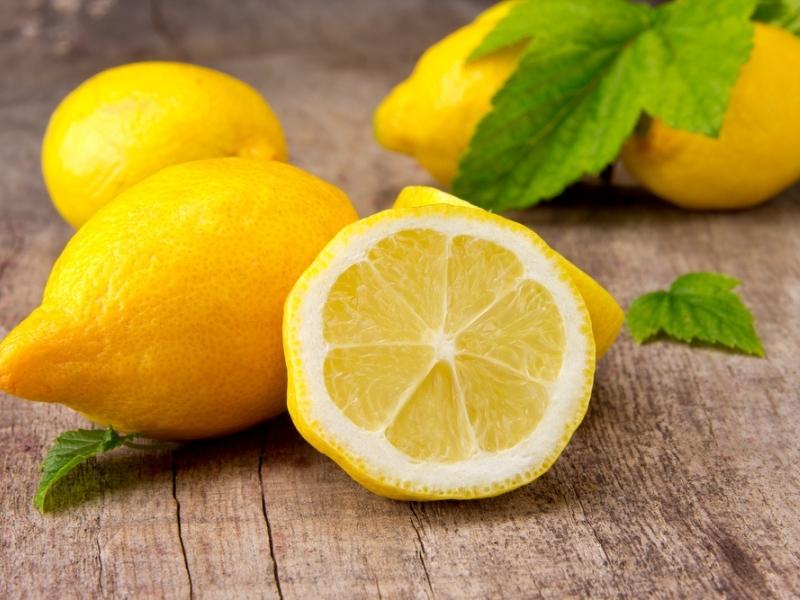
The Fino Citron or Primofiori lemon originated and Spain and made its way to Australia.
A few things that make these lemons appealing is that they can grow in cold climates and typically have few seeds.
While these lemons also have a high juice content, it’s very acidic and intense.
You can use these lemons in dessert recipes where there’s already a lot of sugar. The recipe won’t be too sweet.
Because of the high acidity, you can also use these in food preservation or pickling.
15. Dorshapo Lemons
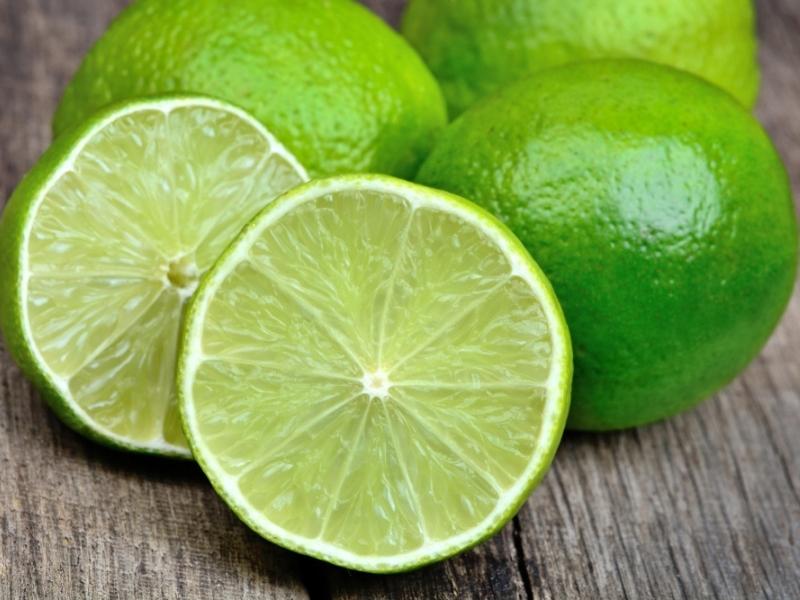
The Dorshapo lemon has migrated from Brazil and is now very popular in India.
These lemons are a combination of a lemon and a limetta.
They’re somewhat sweet and completely edible so they’re fantastic for desserts.
These lemons, rind and all, are also used to make flavorful juices.
16. Interdonato Lemons
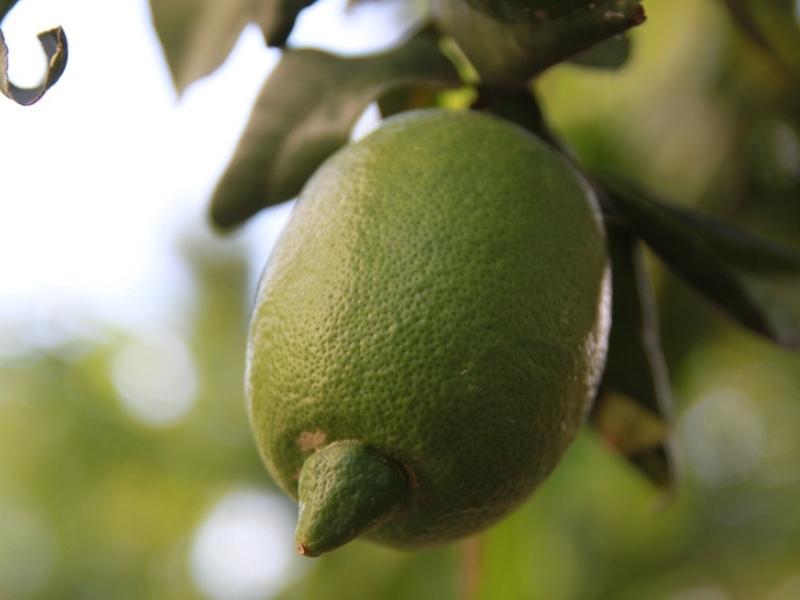
The Interdonato lemons are the result of a graft between cedar and ariddaru lemons.
It’s an Italian breed that is often the first fruit of the season.
These lemons have a rind that’s not very bitter and the flesh is on the sweeter side.
The flesh inside is also a greenish-yellow color that has a fine grain.
Interdonato lemons are pretty fragrant, and they produce lots of juice.
17. Ponderosa Lemons
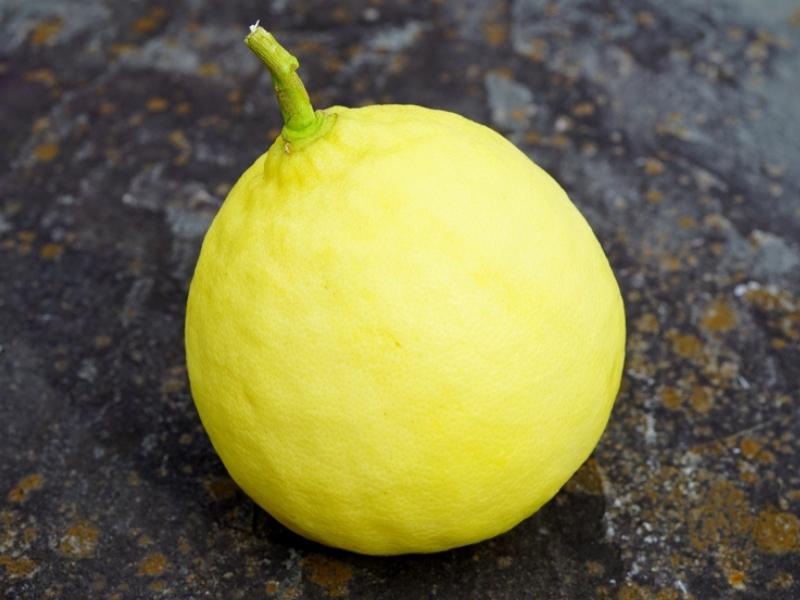
Ponderosas are another hybrid lemon. They’re a cross between a common lemon and a citron.
These lemons are about the size of a grapefruit and have a thick rind.
They grow best in temperate climates so they’re heavily cultivated in California and Texas.
Ponderosa lemons have lots of juice. They’re super sour and great for zesting and cooking.
18. Volkamer Lemons
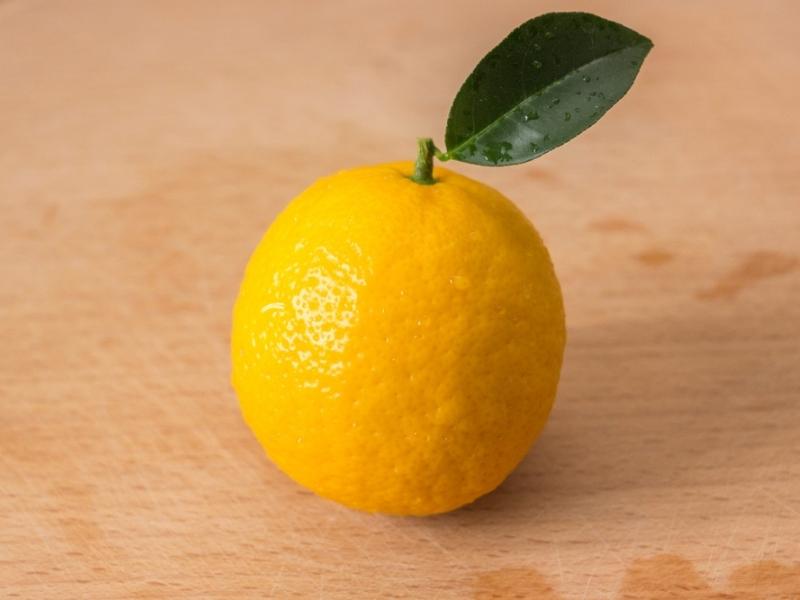
It’s possible that the Volkamer lemons are a hybrid between lemons and either sour oranges or mandarin limes.
They’re bitter and acidic but still taste great! They also have tons of essential oils and a thick rind.
If you want to grow lemons at home, Volkamer lemons are a great choice because they can also withstand cold climates.
19. Otaheite Lemons
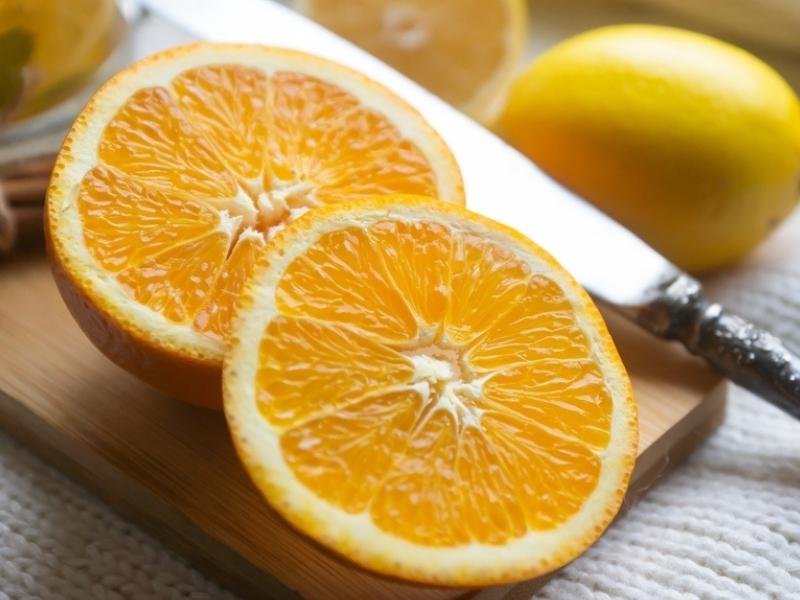
Otaheite lemons are extremely sweet. They have a very low acidity for lemons.
These are also very orange and round.
Because of this, they’re thought to be a lemon hybrid with mandarins and sweet oranges.
Otaheite lemons do have lots of seeds but they can always be strained out if you’re after the juices.
Use these for baking and sweets.
20. Pink Variegated Lemons
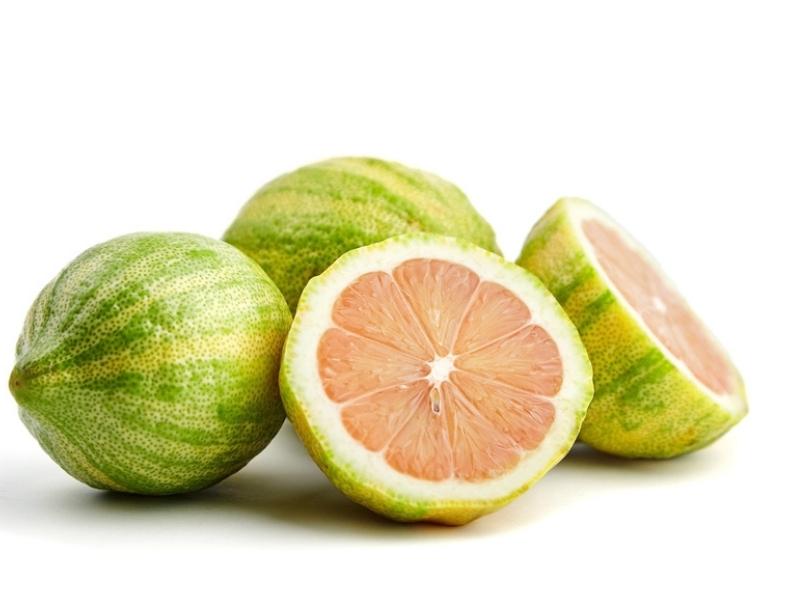
Pink variegated lemons, as the name suggests, have a striped outer skin that is similar to melons.
On the inside, they’re a gorgeous soft pink color.
This natural mutation was first discovered in California and makes them a popular houseplant.
Pink variegated lemons have a milder flavor than other lemons and their juice is mostly clear.
Use these as decorations or garnish for desserts or drinks to showcase their beauty.
21. Lumia lemons
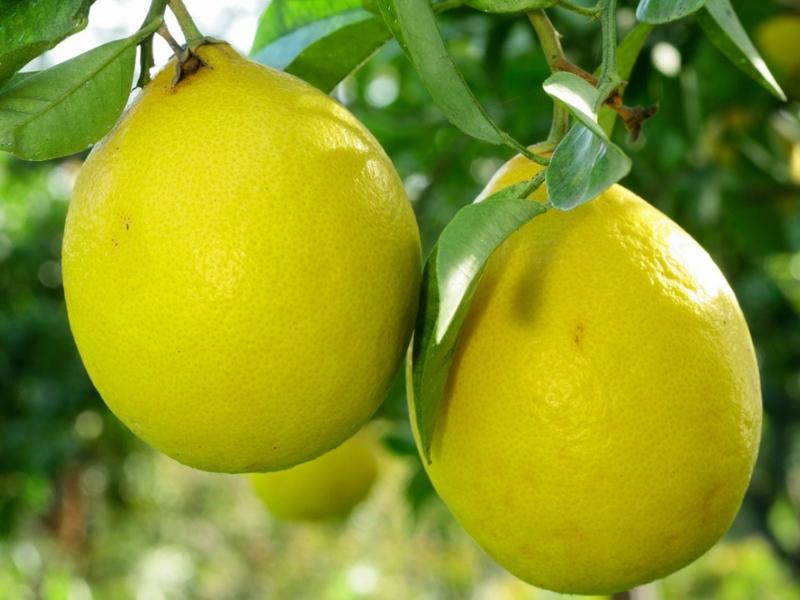
Lumia lemons are sometimes rumored to be a hybrid between a pear and a lemon.
They have a bit of a pear shape and often weigh down their trees.
These lemons are most often grown for visual landscaping as they don’t have very much juice at all.
However, Lumia lemons are still edible and make fantastic candied citrus or marmalade.
22. Villafranca Lemons
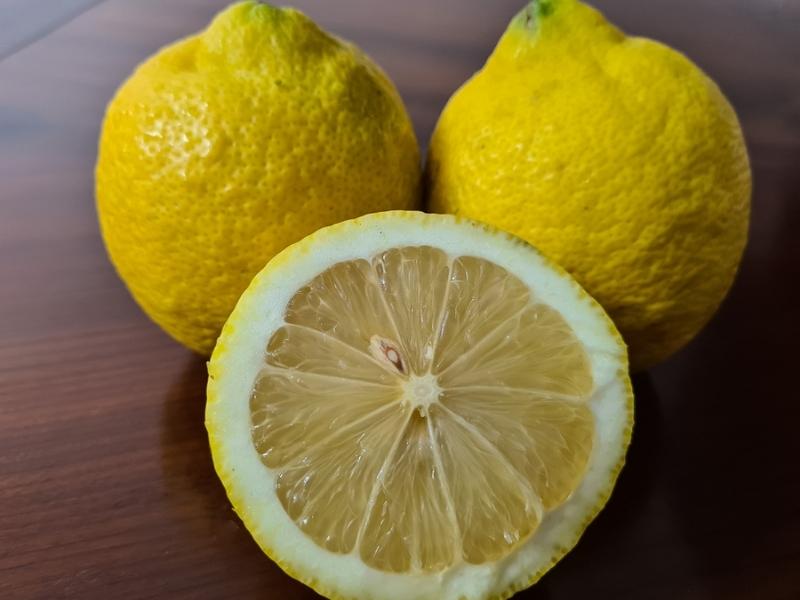
VIllafranca lemons are somewhat similar to Eureka lemons. They’re tart and tangy!
These lemons mostly grow in Israel and Argentina and in the US, you can find them in Florida. T
hey’re bright yellow with slightly bumpy skin.
Villafranca lemons can be used any time a recipe calls for lemon. They add just the right amount of tart flavor.
23. Kagzi
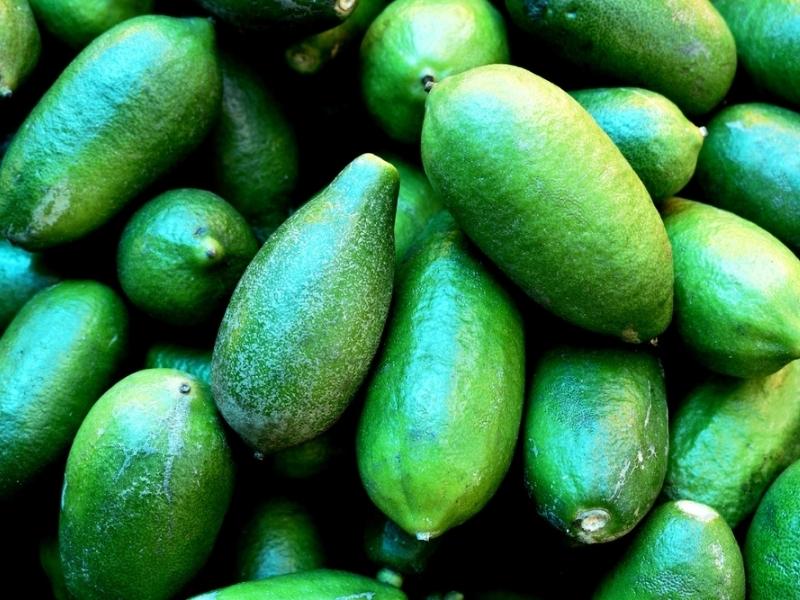
Often confused with limes, Kagzi lemons are smaller in size and harvested while they’re still green.
These lemons which are very popular in India, turn to a lovely bright yellow color when they ripen.
Kagzi lemons have unique medicinal properties and are thought to relieve mosquito bites.
When eaten, they have a mostly bitter taste with a slight sweetness.
24. Genoa
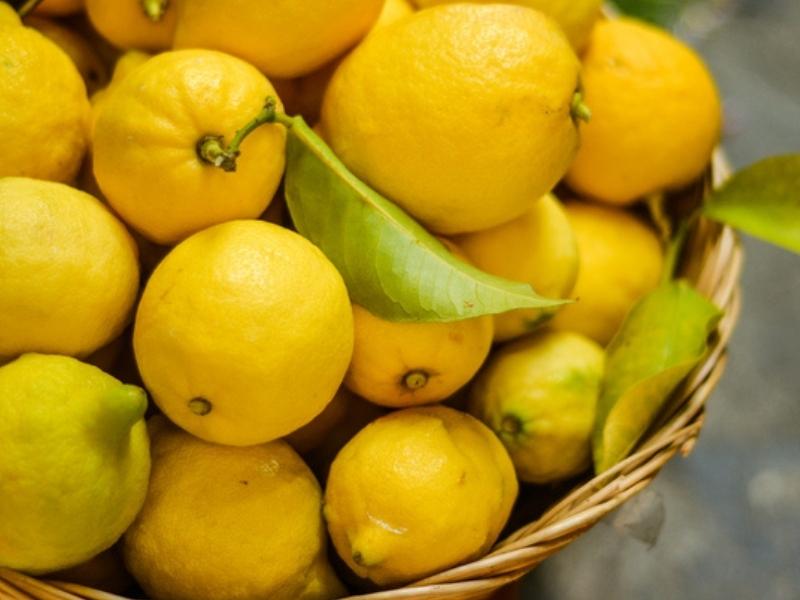
Genoa lemons from Genoa, Italy are easily recognized. They have a squat round shape with a smooth skin.
These lemons do best when they’re picked after they ripen.
Despite their large size, these lemons don’t produce very much juice.
Genoa lemons are beautiful to grow at home.
25. Lamas Lemons
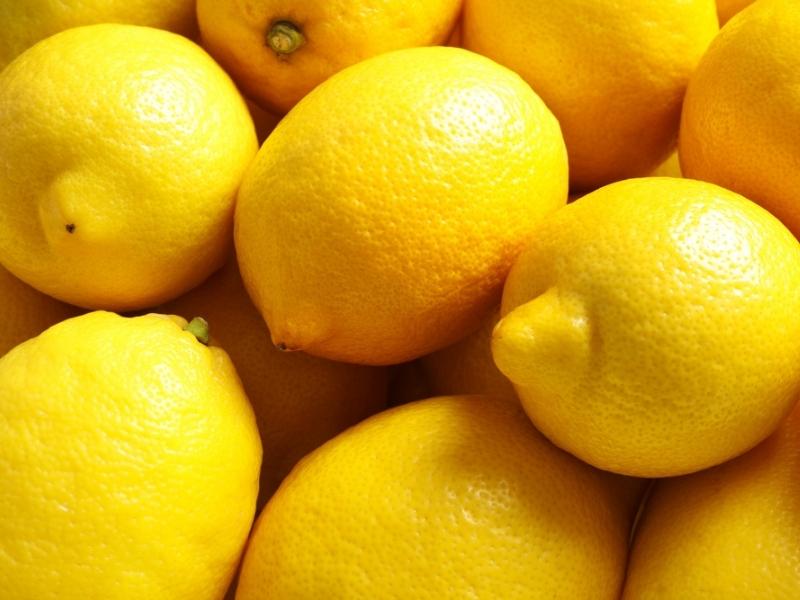
The Lamas lemons come from a Turkish tree that was grafted with a Ponderosa lemon tree.
It successfully produced fruit and thus, the lamas lemon was born.
These lemons are shiny with an all-over yellow color.
These fruits are yellow on the inside as well and produce a favorable amount of juice.
Because of their supposed origin, these lemons are very similar to the Ponderosa lemon.
26. Perrine Lemons
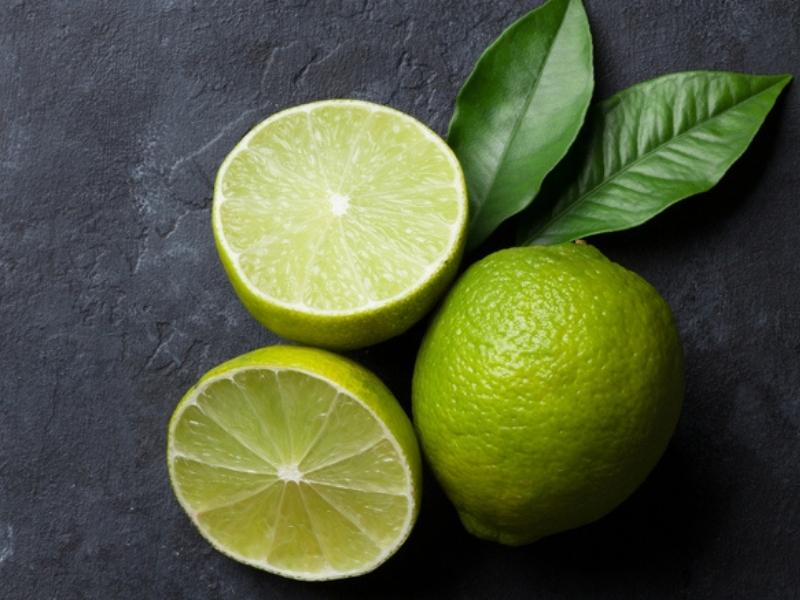
Another hybrid lemon, Perrines are a cross between the Genoa lemon and either a Mexican or West Indian lime.
Most of the time they look just like half lemon and half lime!
Their shape is short and squat and since they have high acidity.
They have a smooth skin that’s freckled with oil glands so it still has that recognizable citrus rind texture.
Perrine lemons are ideal for marinating seafood and cooking.
27. Sorrento Lemons
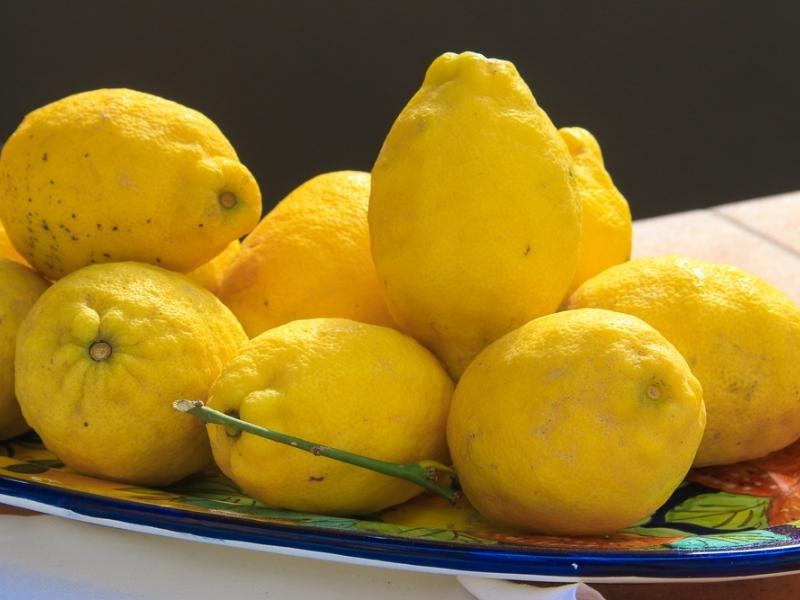
You guessed it. Sorrento lemons come from Sorrento, Italy.
These lemons are a tapered oval shape and can grow quite large.
Their peel is rather thick which means they have incredible amounts of essential oils.
If you’ve already guessed what delicious elixir could be made with lemons from Sorrento, you’re right again.
These lemons are used to make Limoncello and give the liquor from Sorrento its distinct flavor.
28. Mediterranean Sweet Lemons
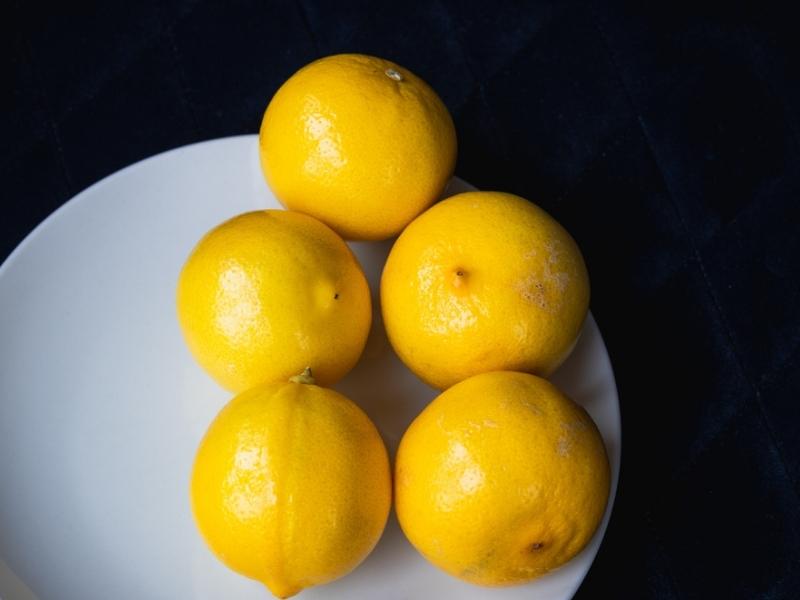
The name of these lemons is rather telling. They grow in the Mediterranean, they’re sweet, and well, they’re lemons.
They have a thin rind and happen to give off a wonderful aroma.
They make a lovely home plant and can also be grown in pots.
Mediterranean sweet lemons are best chosen if they’re heavy. This means they’re full of delicious juice.
29. Bonnie Brae Lemons

Bonnie Brae lemons are some of the juiciest lemons around.
These lemons are a long oval shape and have very few seeds. They also a have super smooth rind.
Bonnie Brae lemons grow only in California, which makes them hard to find.
However, if you do manage to find some, they’re wonderful for cooking and baking.
30. Santa Teresa Lemons
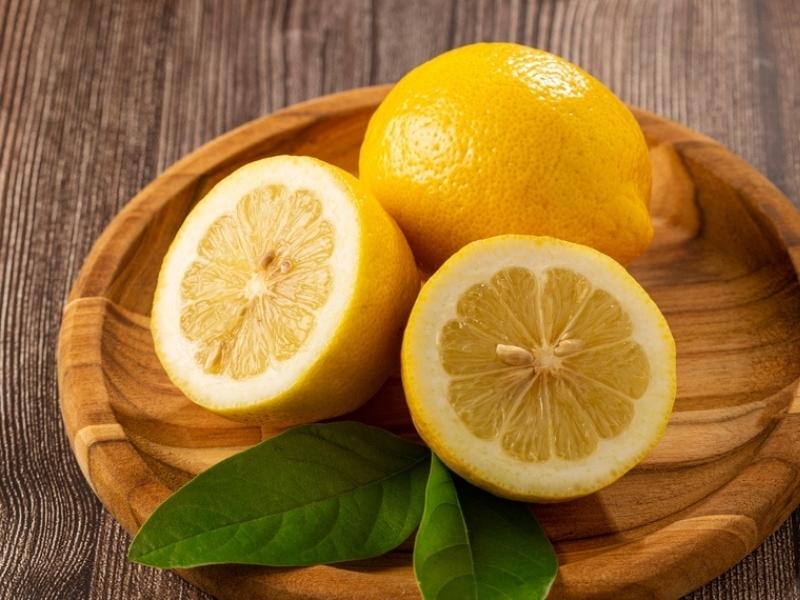
Let’s finish things off with types of lemons with another Italian variety.
These yummy fruits have the signature sour taste of lemons with a hint of sweetness.
They’re also super juicy and have only a few seeds.
Santa Teresa lemons are perfect for savory dishes, including salad dressings, marinades, and sauces.


